There can be your advertisement
300x150
Art Deco in Interior Design: 5 Key Features
Art Deco emerged in the 1920s and was popular in Europe and America. Its popularity has waxed and waned over time: each significant decade absorbed the distinctive features of that brief era, went underground, and as it entered a new millennium, adopted the rules of modern life. In home interiors, Art Deco no longer features an abundance of marble and ivory, and the degree of precious metals does not exceed limits. Nevertheless, modern Art Deco styling carries the imprint of luxury and wealth in a new relevant format, adhering to timeless principles we will now discuss.
1. It's Not What, But How!
This rule became relevant when Art Deco stepped into a new millennium and expanded the range of finishing materials used. Artificial stone in fireplace or wall finishes, headboards made from eco-leather, transparent plastic backs on bar chairs, paint that mimics gilding or silver - these new high-quality materials can easily replace expensive natural ones.
The main task in Art Deco finishing is to create not an everyday setting, but a slightly theatrical or even cinematic one. Hence, the black-and-white contrast is popular in Art Deco interiors. It can be used in a checkerboard floor tile, wallpaper pattern, color-coordinated walls, or even on the ceiling if one of the multi-level steps is done in glossy black on a white background.
By the way, shine is the most distinctive feature of modern Art Deco. Glossy kitchen and dining tables, mirrors in ornate frames and as inserts in furniture, light refraction through glass chandeliers, and reflective surfaces of modern appliances all maintain the glamorous atmosphere of Art Deco.

2. Appropriate Size
The size of the room usually determines the layout of an Art Deco interior. Designers aim to emphasize the spaciousness of a large room, but if it is relatively small, they focus on a few items rather than overcrowding the space. In this case, the rule of an eye-catching bright detail works well, skillfully softening the modesty of the room size.
Tall ceilings and wide spaces, on the other hand, enhance the effect with a grand chandelier, a giant sofa area, or sometimes even a piano. In furniture arrangement, there is a certain dynamism: kitchens are equipped with kitchen islands, living rooms with bar counters, and sometimes even dance floors.
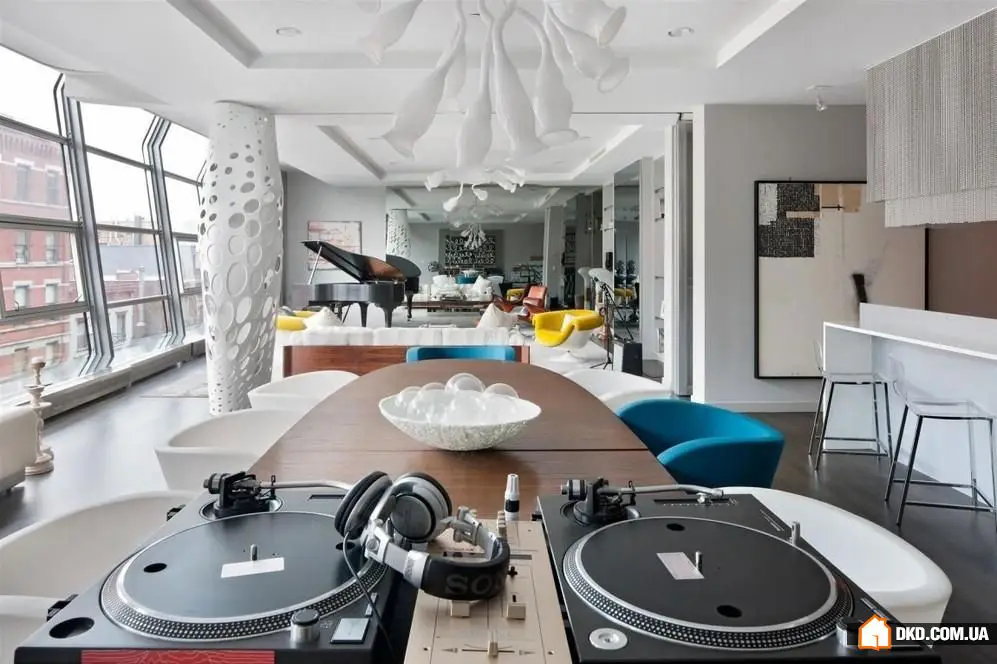
3. Harmonizing the Impossible
Art Deco interior design is a fusion of Art Nouveau and Neoclassicism, continuing the traditions of both styles equally. Art Deco furniture can echo classical antique canons or pursue avant-garde Cubist explorations. Eclecticism in furniture is softened by a common color palette or by seeking a sense of harmonious compatibility, as this style inherently combines incompatible elements. The Bohemian flair of Art Deco is created through a sum of individual elements, each of which is self-contained and interesting.

4. Graphic Style
The Damask pattern, recently ultra-popular, is often associated with Art Deco by many. Using this print in wallpapers and textiles already sets the tone and feeling of decadence and luxury typical of this style. Similarly, the Meander pattern is popular as a tile design or in inlay work with crystals and gilding.
Prints used in Art Deco are characterized by the generalization and schematization of natural motifs, which imbue this style with a kind of symbolism and allegory. There are also such patterns that have become the benchmark of luxury in their own right, such as the goose foot motif, commonly used in sofa and chair upholstery.
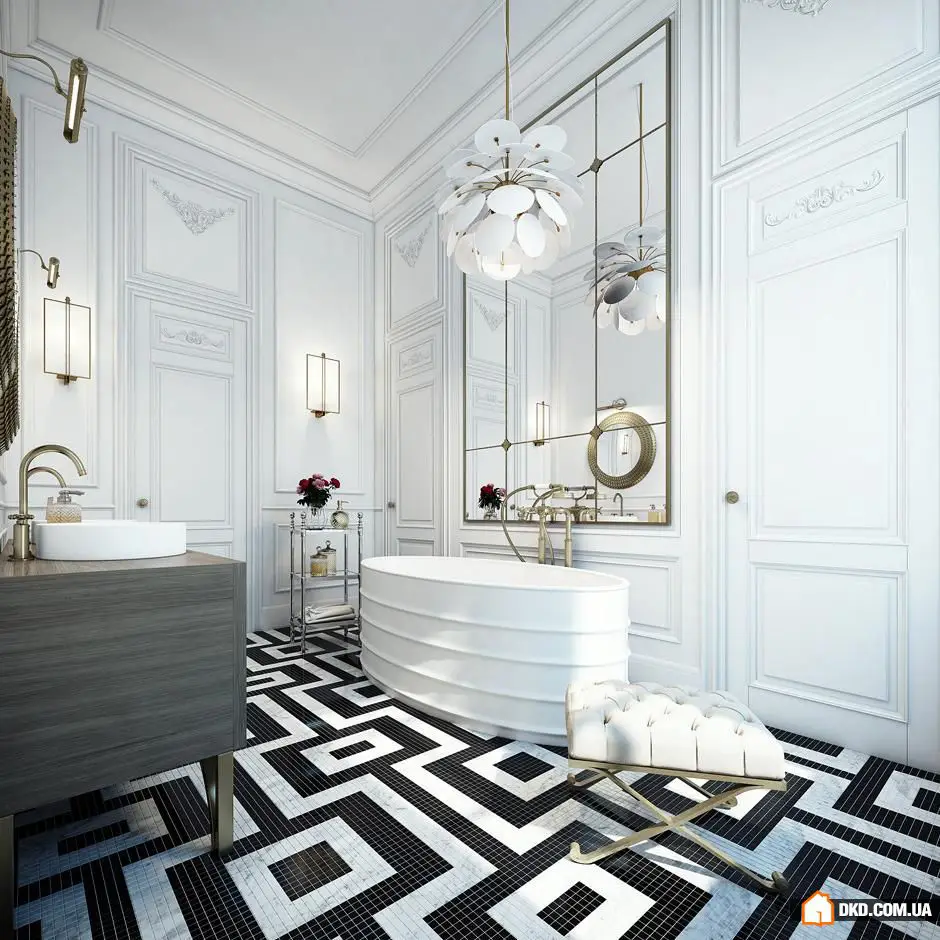
5. Desire to Impress
The most impressive Art Deco interiors captivate the imagination with their unusual approach to everything. One standout detail can set the tone, leaving other elements as background or canvas on which a clear form emerges.
A sun-shaped mirror frame or a chandelier with long hanging crystal garlands draw attention and inspire admiration. Sometimes such a feature is a relief wall or ceiling, a high bed headboard, or a decorative art piece. Art Deco aims to encompass all previous cultural achievements and even tame wild nature, so homes are often decorated with African animal skins or motifs of their coloring.

More articles:
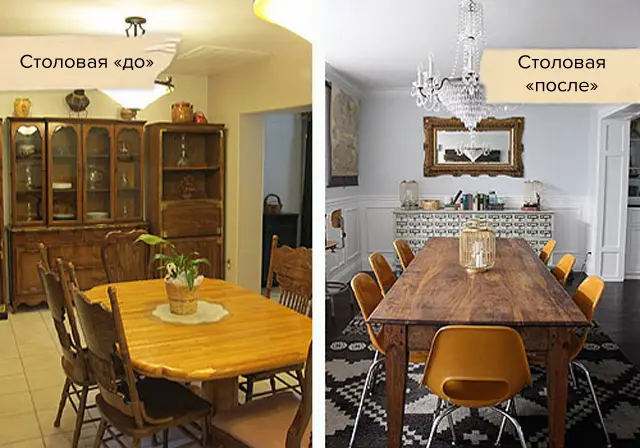 Dining Room Renovation: Fast and Budget-Friendly Makeover
Dining Room Renovation: Fast and Budget-Friendly Makeover How to Paint Brick Wall: 9 Important Points
How to Paint Brick Wall: 9 Important Points Formula of Comfort: 5 Inspiring Ideas for the Bedroom
Formula of Comfort: 5 Inspiring Ideas for the Bedroom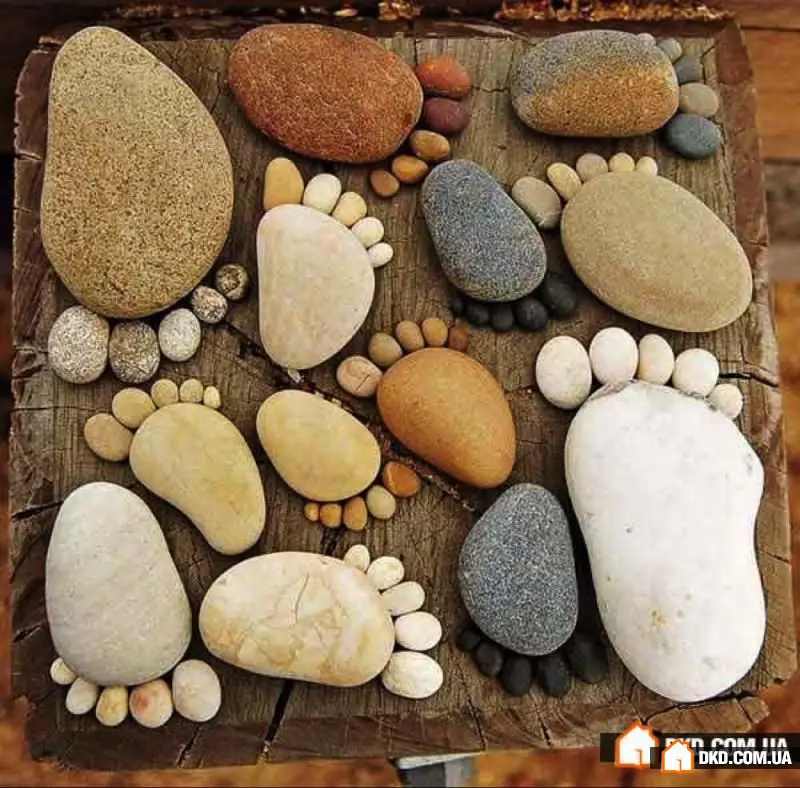 26 Unbelievable Ideas for Garden Decorating with Stones
26 Unbelievable Ideas for Garden Decorating with Stones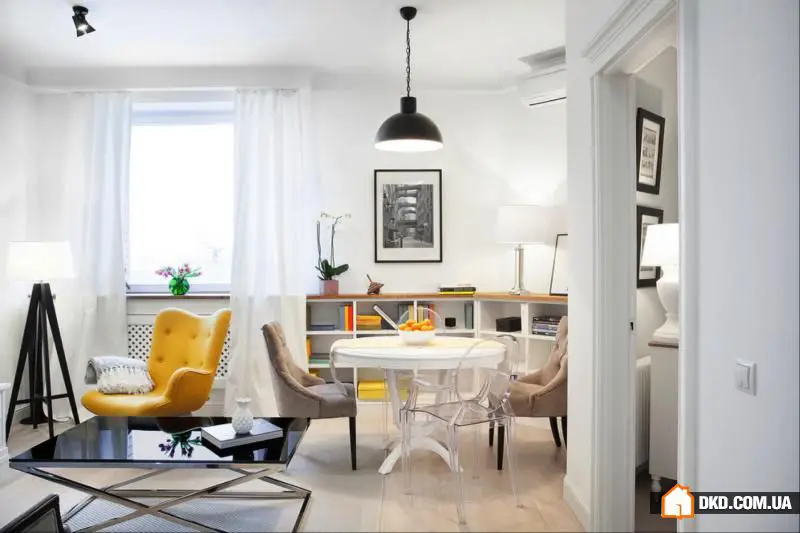 Interior of the Week: cosmopolitan apartment
Interior of the Week: cosmopolitan apartment Functional Room for Two Children. 16 Ideas
Functional Room for Two Children. 16 Ideas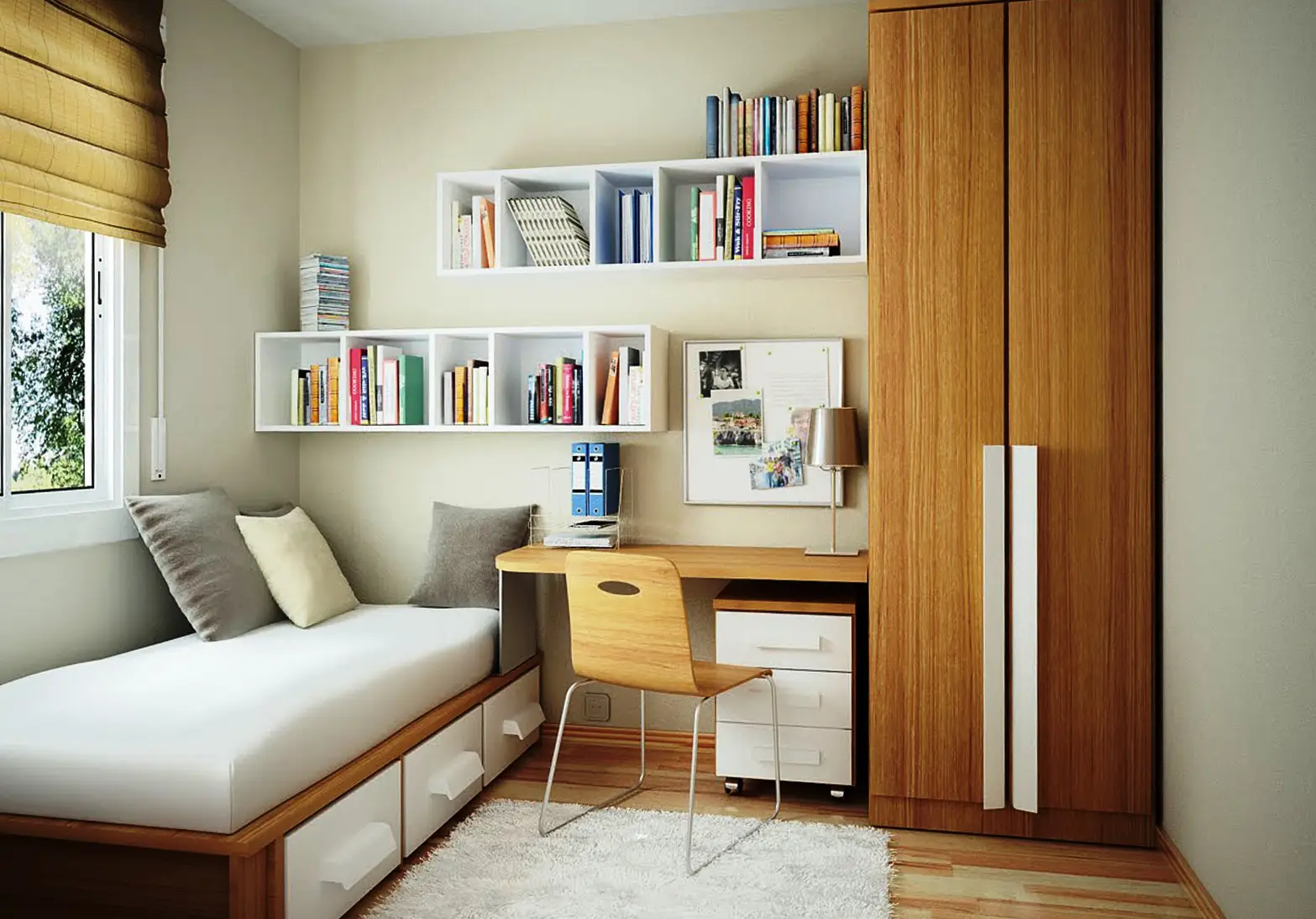 3 Interesting Ideas for Redesigning a Studio Apartment in a Panel House
3 Interesting Ideas for Redesigning a Studio Apartment in a Panel House Express Kitchen Renovation: 8 Steps to Fast Transformation
Express Kitchen Renovation: 8 Steps to Fast Transformation